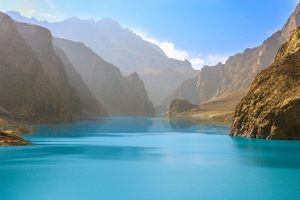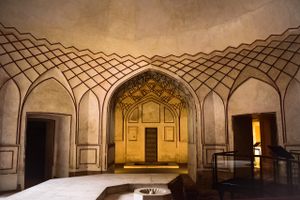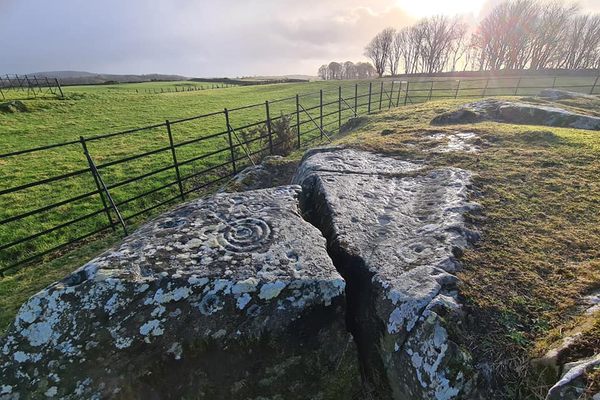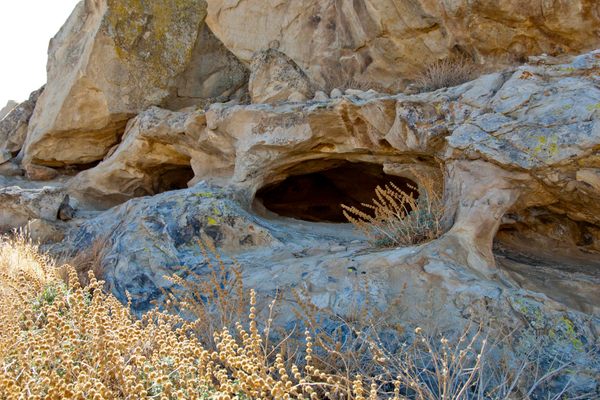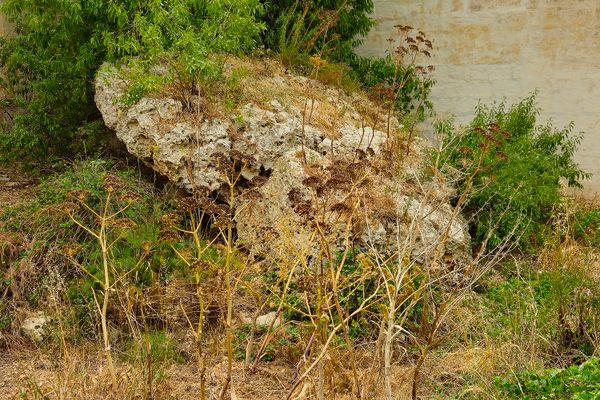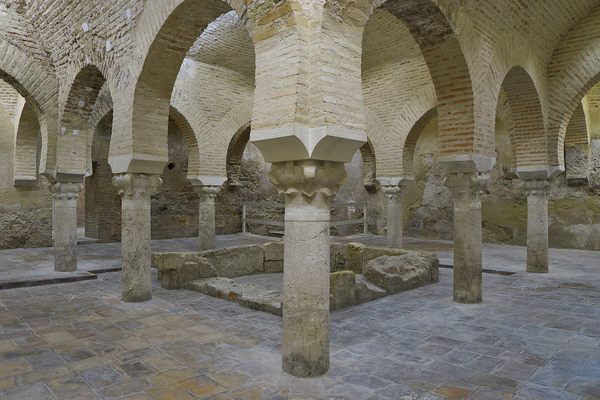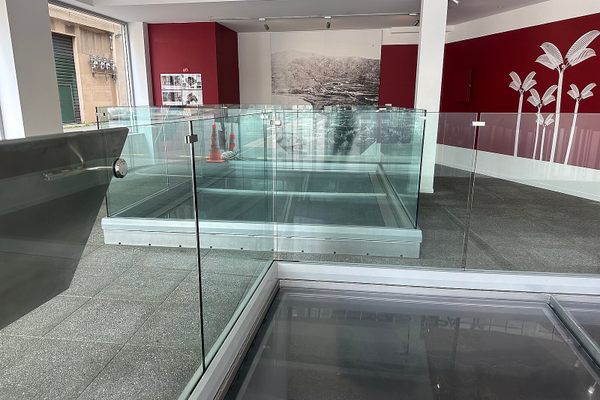About
Along the many arteries of the Silk Road, it is common to find rock engravings left behind by locals and travelers alike. The distinctive styles, themes and scripts point at civilisations from modern day Tibet, China, India, Iran, and Afghanistan, attesting to the vital role that these ancient routes played for trade as well as cultural exchanges. Nowadays, most of these routes have been paved, but they are still plied by people coming from faraway places.
Among these ancient artworks, Haldeikish (aka Sacred Rock of Hunza) holds a special place for being the oldest found in Pakistan. Dating back to the first millennium, Haldeikish consists of two upper and two lower boulders. In Burushaski, one of the local idioms, Haldeikish means "Places of the male ibex." Unsurprisingly, most of the engravings depict ibex; indeed, hundreds of ibex grazing in a meadow, running scared from hunters, tending to the new-borns, playing with various deities, or simply not doing anything at all.
In addition to depictions of ibex, there are also inscriptions in different languages, especially on the two upper boulders. Most of these inscriptions are in Kharoshti and Brahmi, but Soghdian, Bactrian, Chinese and Tibetan scripts are also present. Here, there are mentions of important historical figures such as Trukha King Ramadusa and Gupta ruler Chandragupta II (aka Chandragupta Vikramaditya), which helped scholars date these engravings and understand how far their domains extended. Finally, stylized human figures, horses, trees, geometric patterns, everyday tools, and Buddhist religious symbols have also been identified.
Together, the two upper and two lower boulders measure 180 meters in length, reaching a modest height of nine meters at the highest point. The famed Karakoram Highway runs on one side of the boulders, while a steep drop on the opposite side plunges into the turbulent Hunza River.
Related Tags
NEW - Pakistan Uncovered: Modern Culture & Ancient Civilizations
Markets, street food, and desert panoramas in Pakistan.
Book NowCommunity Contributors
Added By
Published
October 11, 2024























